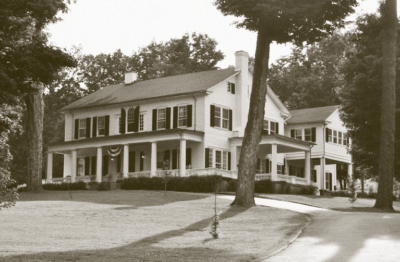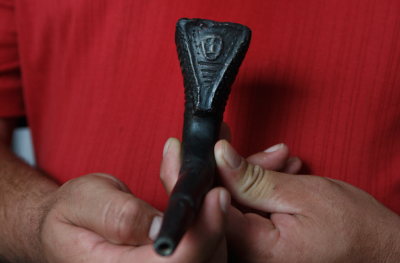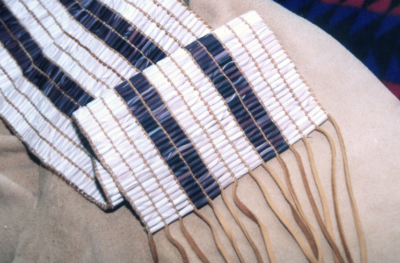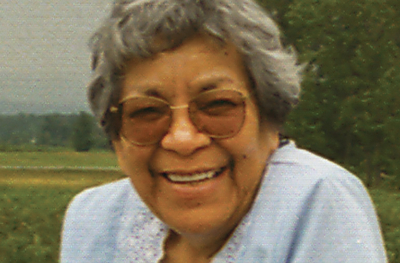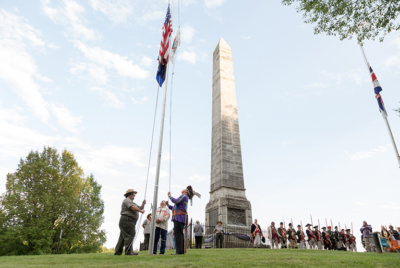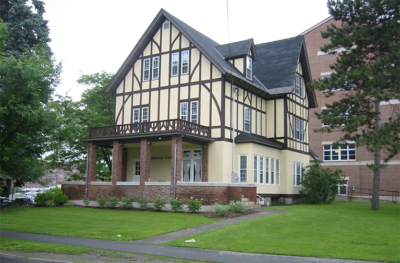HISTORY
Making their mark in American history, the Oneida Indian Nation became the first ally to America when they joined the colonists in their fight for independence during the American Revolutionary War. In 1794, after the victory over the British and many hardships for the Oneidas, George Washington signed the Treaty of Canandaigua recognizing the Oneida Indian Nation as a sovereign entity. The agreement granted federal protection of 300,000 acres.
Oneida Indian Nation homelands originally consisted of more than six million acres stretching from the St. Lawrence River to the Susquehanna River. Oneida villages thrived in and around the present-day communities of Stockbridge, Oneida Castle, Canastota, Oriskany, the city of Oneida and elsewhere in what are now Oneida and Madison counties.
By the early 1900s, illegal state treaties nearly depleted the Oneida Indian Nation of its homeland. The Oneidas did what they had to do to survive. Some moved, some sold their land. The Oneidas had to fight to recover the last 32 acres granted to them. The federal government filed suit in U.S. District Court in 1919 to help the Oneida Indian Nation reclaim this land.
Today, the Oneida Indian Nation has regained more than 18,000 acres of their original homelands – the most they have had recognized sovereignty over since 1824. A slow steady climb and dedicated perseverance has led to a resurgence for the Oneida Indian Nation that today prospers through their many diverse enterprises.
This economic upturn has allowed the Oneida Indian Nation to provide many
programs and services to its Members as well as reinvest in their enterprises and community to become an economic engine in the Central New York region,
as one of the largest employers in the state.
Did You Know? Harding Farm Once Welcomed Oneidas
This story originally appeared in The Oneida newsletter, issue 3, volume 12, April/May 2010 Approximately one-half mile from the site of the former Hamilton-Oneida Academy (which eventually [...]
Artifacts Purchase Quite a Find
This article originally appeared in The Oneida newsletter, issue 9, volume 10, June/July 2008 The Nation recently accepted the second installment of artifacts, circa 1605 to 1680, purchased [...]
The Guswenta: Two Row Wampum Belt is a Symbol of Sovereignty
This belt symbolizes the agreement and conditions under which the Haudenosaunee welcomed the newcomers to this land. “You say that you are our father and I am your son.” We say, ‘We will not [...]
Did You Know? Pillsbury Bakeoff Winner: Shirley Ordiway
The year was 1959. Mattel introduced the Barbie doll. Alaska and Hawaii joined the Union. The Best Picture Oscar went to Ben-Hur. Paul Anka’s “Lonely Boy” was on top of the single record cha [...]
Few Accounts Exist of Oneida Involvement in Revolutionary War
History books are replete with accounts of the American colonists’ fight for independence. However, few literary offerings are available depicting the participation of America’s first allies [...]
Dartmouth and Hamilton Colleges Linked in Original Mission
Dartmouth College in New Hampshire, like Hamilton College in Clinton, was founded originally to educate American Indians. Each was conceived by a minister and each evolved into a college. An [...]


